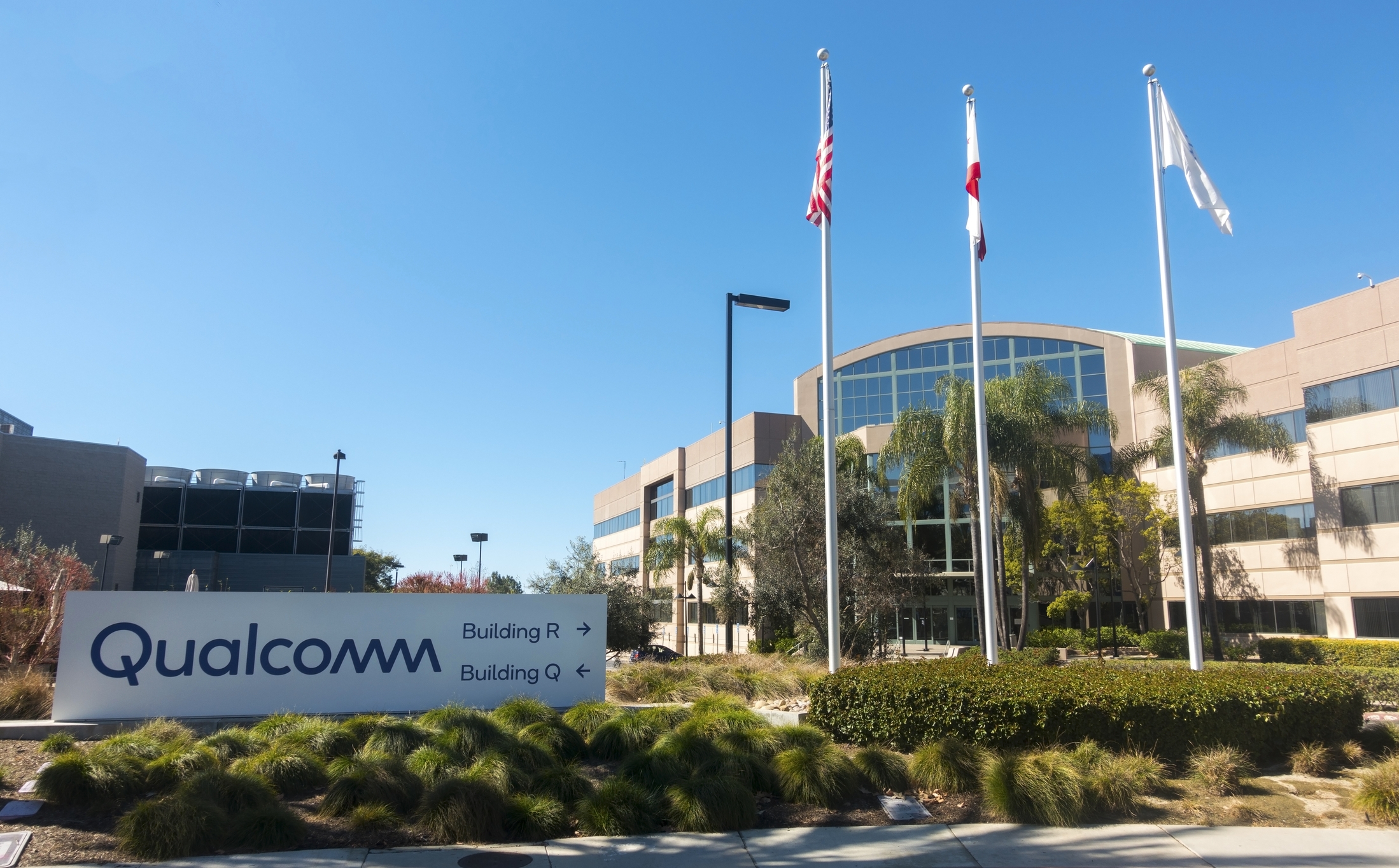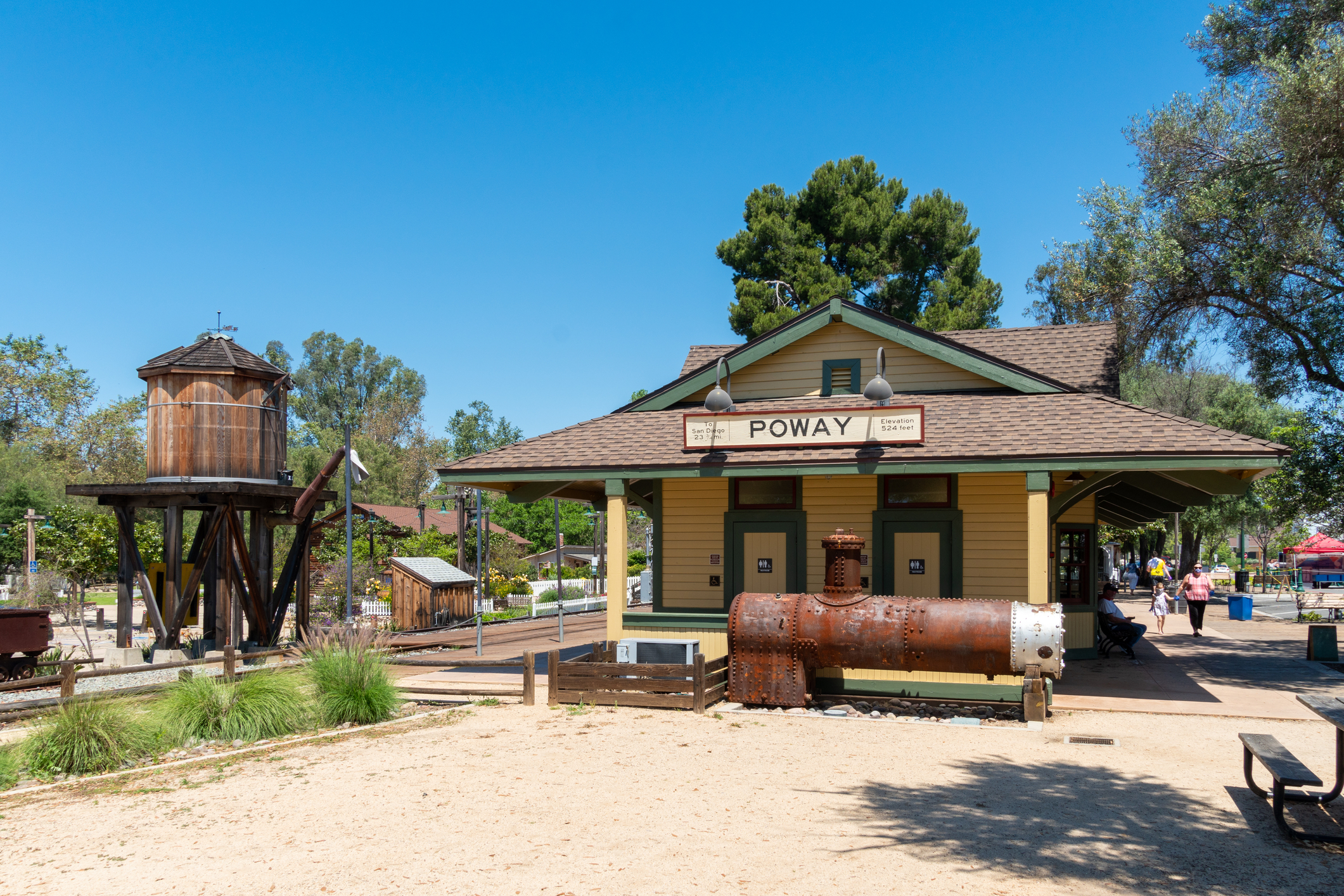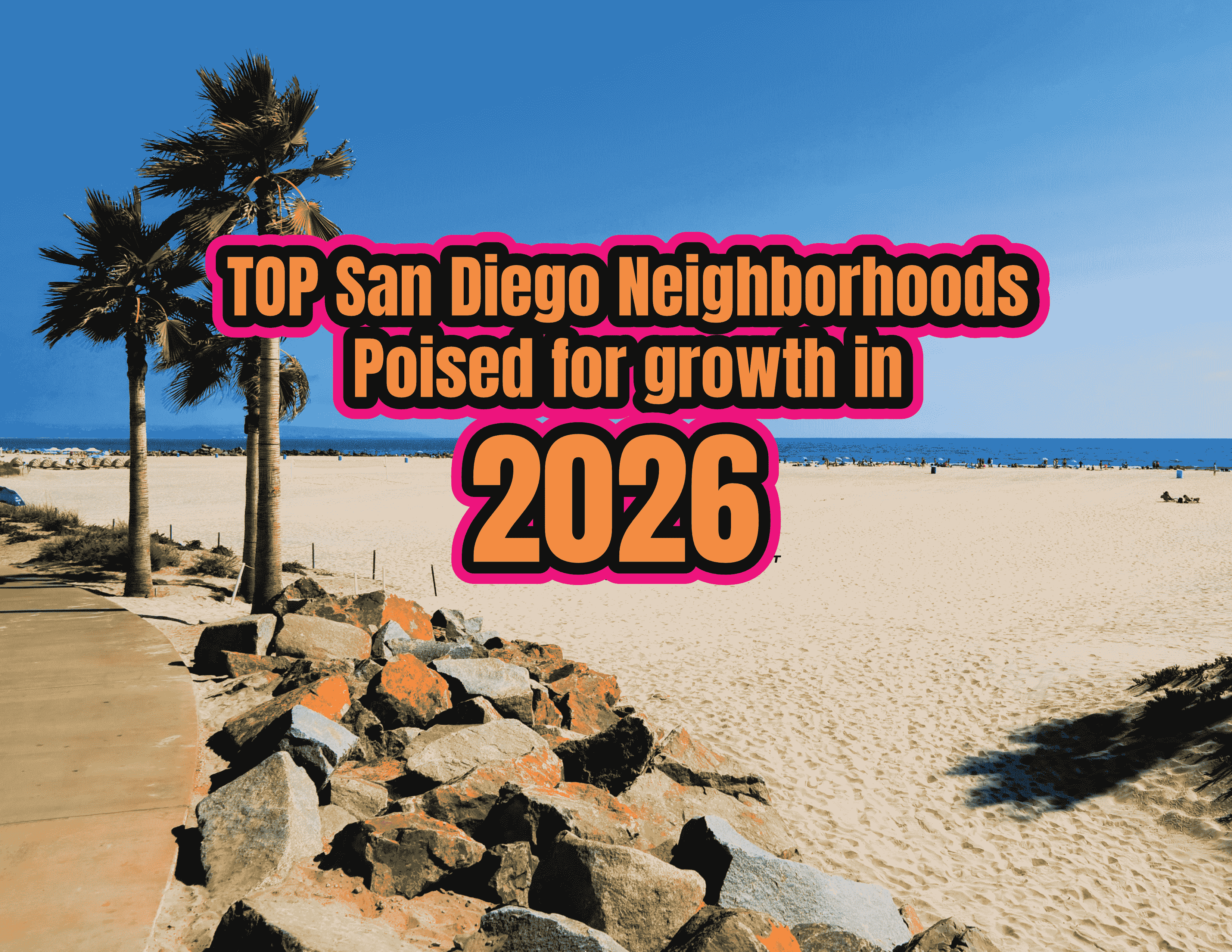Top San Diego Neighborhoods Poised for Rent Growth in 2026 | Realty Management Group
Key Takeaways
- The projection indicates that San Diego County rental prices will increase by 5% from mid-2025 to mid-2026, resulting in a $100–$150 monthly price increase depending on unit type.
- Neighborhoods near employment centers such as UTC, Sorrento Valley, and Carmel Valley/Del Mar Heights present the most promising growth due to proximity, land scarcity, and consistent demand.
- Inland areas including Mira Mesa and Rancho Peñasquitos will experience heightened rental demand as homebuyers seek alternatives.
- Urban cores like Downtown and East Village attract renters looking for amenities and high-end condo conversions.
- Risks include new supply, affordability limits, regulatory changes, and demand fluctuations in tech and biotech sectors.
Table of Contents
- Why This Topic Matters
- San Diego Rent & Supply Trends to Watch
- Neighborhoods Likely to Outperform in 2026
- Implications for Renters, Owners & Investors
- Risks & Caveats to Monitor
- Final Thoughts
Why This Topic Matters
The rental market in San Diego serves as a crucial arena for property owners, investors, and management companies. Rising homeownership costs combined with lower buyer interest have pushed more residents to rent for longer periods. Instead of asking if rents will rise, the key question becomes which areas will experience the strongest rent increases. The answer will shape returns, vacancy risk, and long-term portfolio outcomes.
Although a 5% countywide average increase seems modest, select micro-markets could outperform through strategic upgrades, effective tenant retention, and limited new construction. Identifying these neighborhoods is critical for success in 2026.
San Diego Rent & Supply Trends to Watch
Accurate rent forecasting relies on fresh, local market data. Key insights include:
Countywide Rent Projections: Rents are expected to rise $100–$150 per month (around 5%) over the next 18 months. Growth remains steady but capped by affordability limits and supply shortages.
New Apartment Pipeline: Over 4,000 new market-rate units are projected for 2026. While this adds competition, much of the new construction will concentrate in specific growth corridors, leaving adjacent areas with little new supply and more rent pressure.
Vacancy & Absorption: Older or peripheral areas with higher vacancy will see slower rent growth, while neighborhoods near major job centers maintain faster absorption rates even in cooler markets.
Home Value & Appreciation: Areas with recent home price growth—Mira Mesa, Rancho Peñasquitos, and coastal suburbs—tend to convert that ownership demand into rental demand.
Zoning & Permit Constraints: Limited permitting, especially in built-out zones, continues to restrict new supply. This structural shortage supports upward rent pressure in desirable submarkets.
Neighborhoods Likely to Outperform in 2026
UTC / University City / Del Mar Heights / Carmel Valley Corridor:
This corridor remains a premium region supported by tech and biotech employers, high walkability, and limited land availability. Upgraded rental units with modern amenities will command superior rents
Sorrento Valley / Mira Mesa:
As a major employment hub, this area maintains inelastic rental demand from professionals who prioritize commute proximity. With limited housing supply, well-managed properties here can achieve higher returns.
Poway & Rancho Peñasquitos:
Affordable housing and convenient freeway access make these inland neighborhoods attractive. Rising barriers to ownership will funnel more households into rentals, creating steady rent appreciation potential.
Downtown San Diego:
Urban renters are drawn to walkable, transit-connected neighborhoods with lifestyle amenities. Condo-to-rental conversions enhance supply, but luxury finishes and flexible layouts keep rents rising.
La Mesa / Chula Vista (Selective Infill Zones):
With lower rents and stable family demand, these areas may experience slower but consistent growth. Renters priced out of coastal zones will continue migrating inland for value and convenience.
Implications for Renters, Owners & Investors
Renters: Expect upward pressure in 1–2 bedroom units in UTC, Sorrento, and East Village. Premium amenities such as EV charging, smart home tech, and co-working spaces will drive differentiation, even in smaller units.
Owners & Investors: Focus on acquiring or improving properties in top-performing zones. Use consistent but moderate rent increases aligned with inflation. Incentivize renewals and reduce turnover costs to protect NOI.
Property Managers: Concentrate marketing on growth corridors. Base rent adjustments on competitive data and absorption trends. Offer flexible lease structures like renewal bonuses or short-term premiums to capture shifting tenant demand.
Risks & Caveats to Monitor
Potential obstacles could affect the pace and distribution of rent growth:
- Overbuilding in certain corridors could flatten rents temporarily.
- Employment volatility in San Diego’s tech, biotech, and defense industries could soften demand.
- Affordability ceilings will cap rent growth, especially in mid-income segments.
- Regulatory tightening—rent caps, habitability laws, or compliance mandates—may reduce margins.
- Limited transit or poor connectivity could reduce demand in peripheral zones.
Final Thoughts
Identifying neighborhoods with structural advantages is key to capturing rent growth in 2026. The UTC / Sorrento / Carmel Valley corridor, Mira Mesa / Rancho Peñasquitos, and Downtown / East Village stand out as the most promising areas. Landlords who align acquisition, improvement, and tenant strategies to these micro-markets will achieve stronger long-term performance and rent stability.
Request a Free Rental AnalysisContact Realty Management Group
Need expert guidance on pricing and managing your San Diego rentals? Realty Management Group offers full-service San Diego Property Management for single-family and multifamily assets.
📞 (619) 456-0000
✉️ info@choosermg.com
🌐 www.choosermg.com


